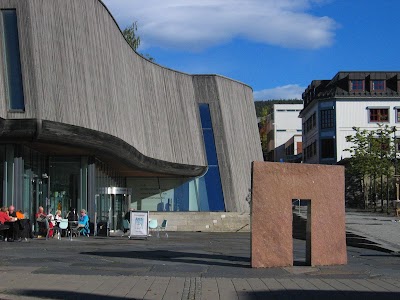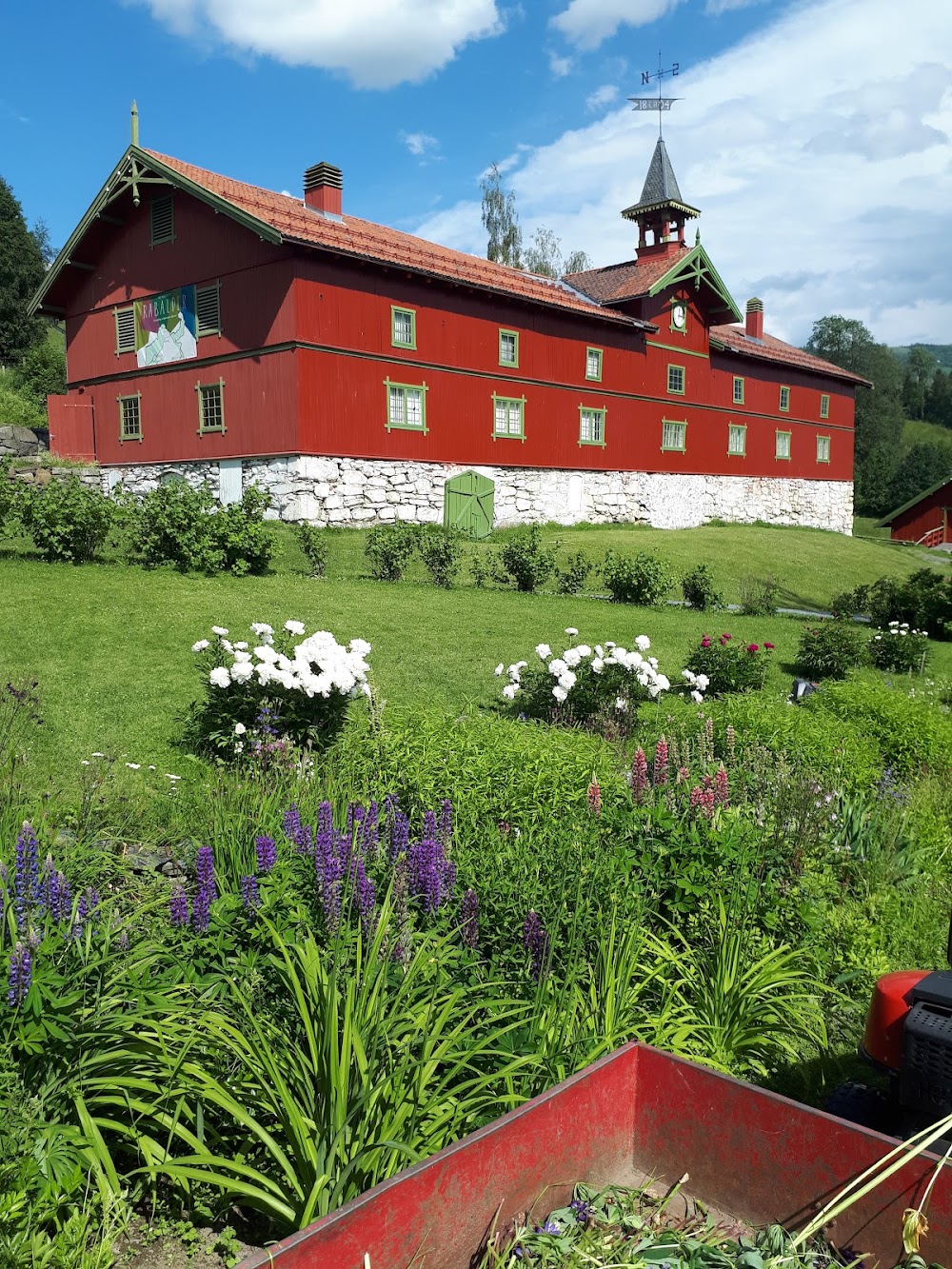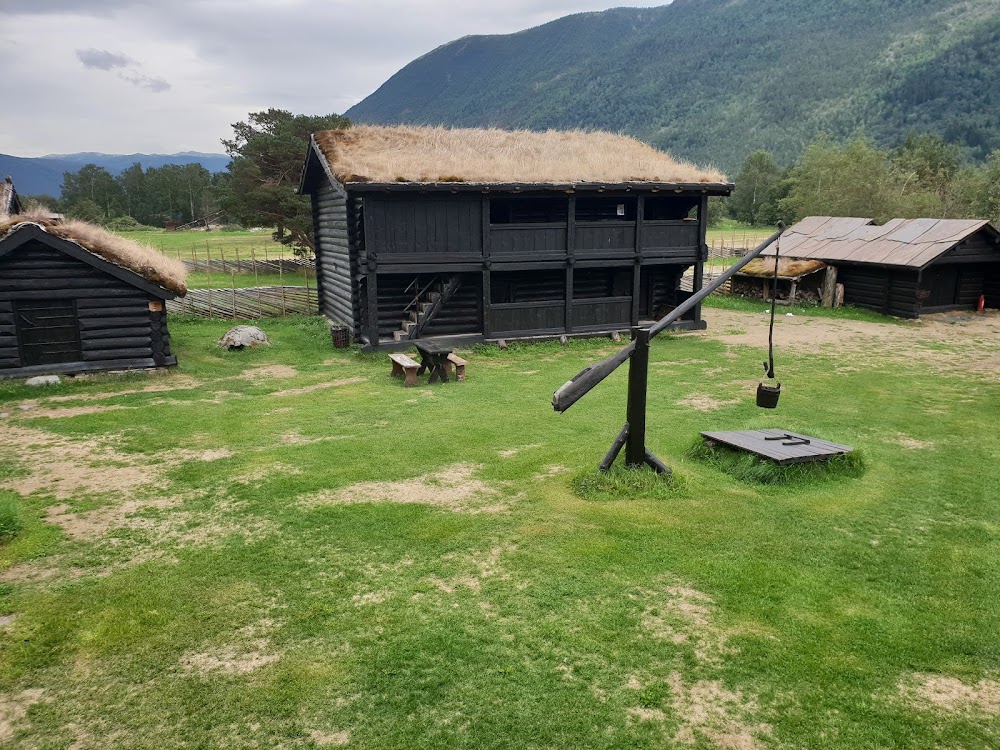Ringebu Stave Church (Ringebu Stavkirke)
Overview
Ringebu Stave Church: A Timeless Architectural Marvel
Nestled in the serene countryside of Innlandet, Norway, Ringebu Stave Church is a captivating architectural gem that dates back to the early 13th century, around the year 1220. As one of the 28 remaining stave churches in Norway, it stands as a testament to the country’s rich medieval heritage. Built using traditional stave techniques, where vertical wooden planks, or 'staves,' form the load-bearing walls, this church exemplifies the artistry and craftsmanship of Scandinavian builders.
Originally designed in a cruciform shape, the church features an extended chancel and transepts. The structure showcases the ingenuity of medieval carpenters, who crafted it using only wooden pegs and joints—eschewing nails entirely—to create a robust and resilient design. This meticulous craftsmanship has allowed the church to withstand harsh Scandinavian winters and the trials of history, preserving its charm for centuries.
Over the years, Ringebu Stave Church has undergone various modifications, with a significant renovation occurring in the 17th century that introduced Baroque elements to its interior. During this period, the Western gallery was added, and the nave was expanded to accommodate a growing congregation. Remarkably, these alterations were made with great respect for the church's original design, allowing it to retain its medieval essence while incorporating later architectural styles.
One of the church's most striking features is its splendidly carved portals and intricate woodwork. These decorative elements, characterized by interlacing designs and detailed depictions of animals and mythical creatures, often serve as protective symbols against evil. The dragon motif, prevalent in Viking art, adds a layer of mystique to the church's exterior and highlights its connection to Norway's storied past.
Inside, Ringebu Stave Church continues to enchant visitors with a captivating blend of medieval and post-Reformation influences. The 17th-century altarpiece is a remarkable work of art, featuring intricate carvings and vibrant colors that draw the eye. The pulpit, also carved and painted in the 1700s, stands as a testament to the skill of local artisans. Together, these elements create a spiritual and historical atmosphere that immerses visitors in the church's rich legacy.
The surrounding churchyard enhances the serene ambiance of Ringebu Stavkirke. Here, graves and memorials tell the stories of the local community throughout the centuries, offering a poignant reminder of the generations who have worshipped within these walls. This peaceful space invites reflection and connection to the past.
Beyond its role as a place of worship, Ringebu Stave Church symbolizes continuity, bridging Norway’s rich history with its present. It remains operational today, hosting services, weddings, and special events, inviting both locals and tourists to experience its timeless beauty and spiritual significance.
In recent years, efforts to preserve Ringebu Stave Church have intensified. Conservation work ensures that this historic structure is protected from the elements, utilizing modern technology to strengthen its ancient timber while maintaining authenticity. This fusion of historical reverence and contemporary preservation techniques guarantees that the stave church will continue to be a cherished landmark for future generations to appreciate.
Ultimately, Ringebu Stave Church stands as a proud testament to Norway’s architectural tradition, offering a fascinating glimpse into the artistic and spiritual life of medieval Scandinavia. Its resilience over the centuries not only showcases the ingenuity of its builders but also highlights its enduring significance to the community it has served for over 800 years.









